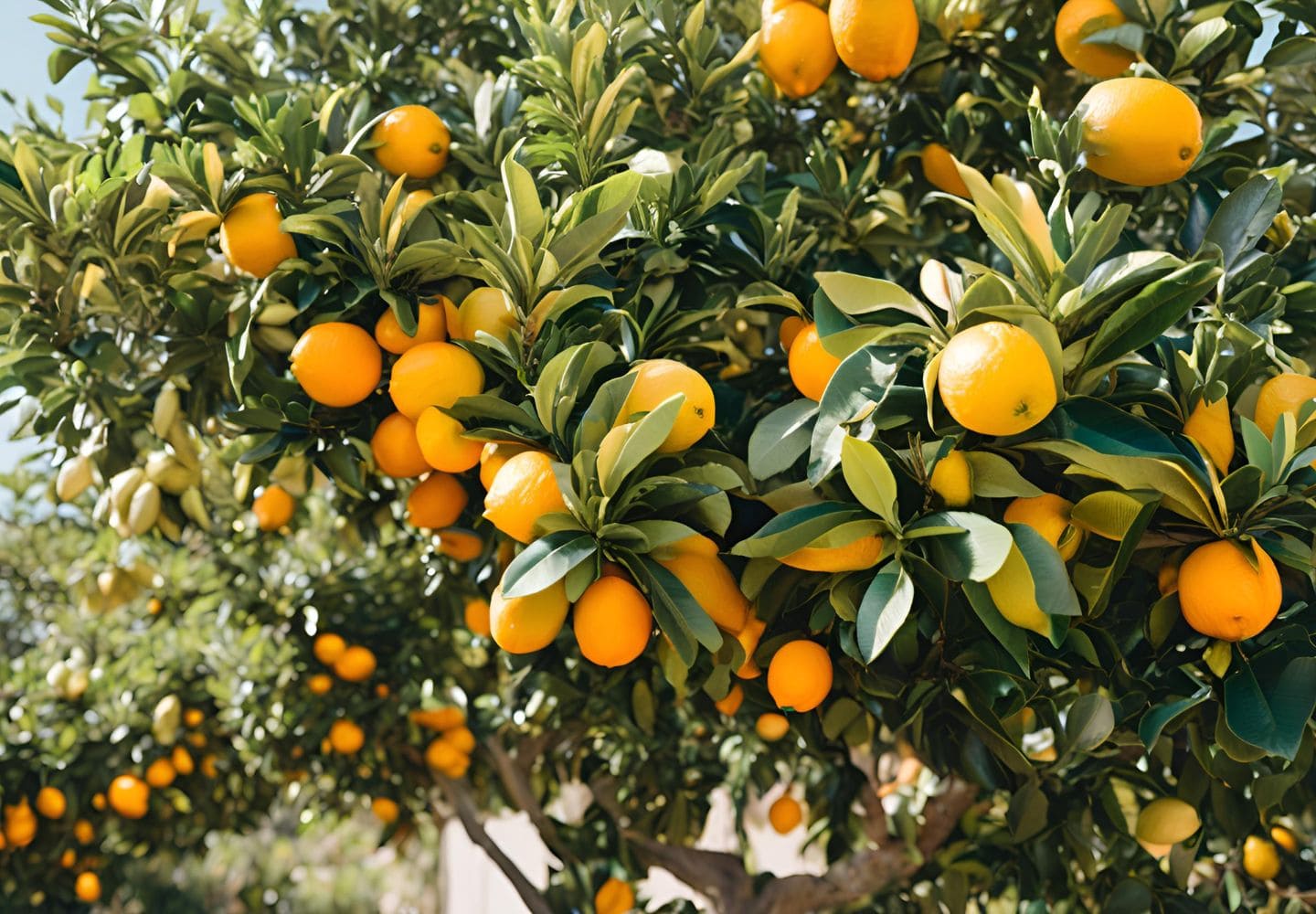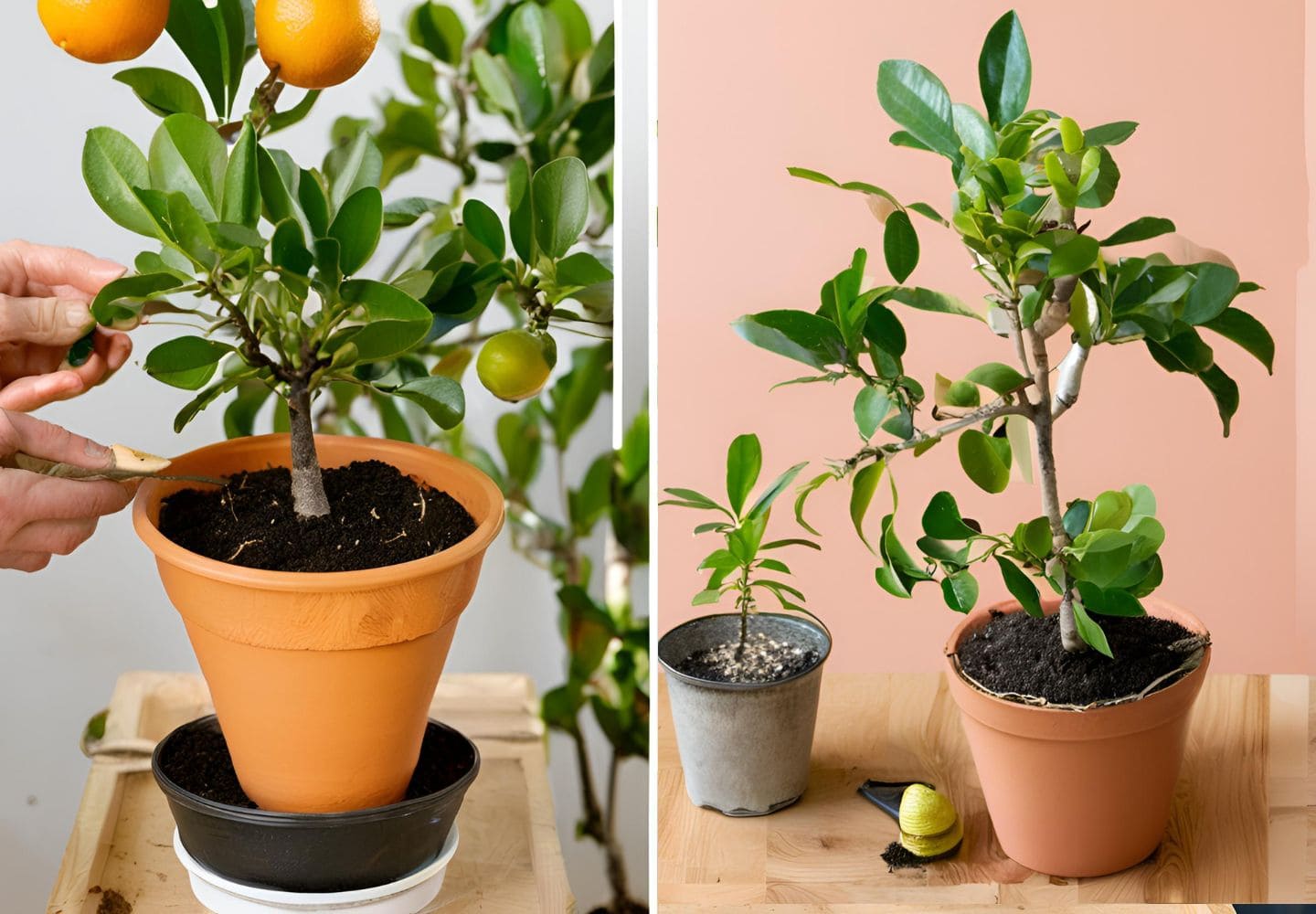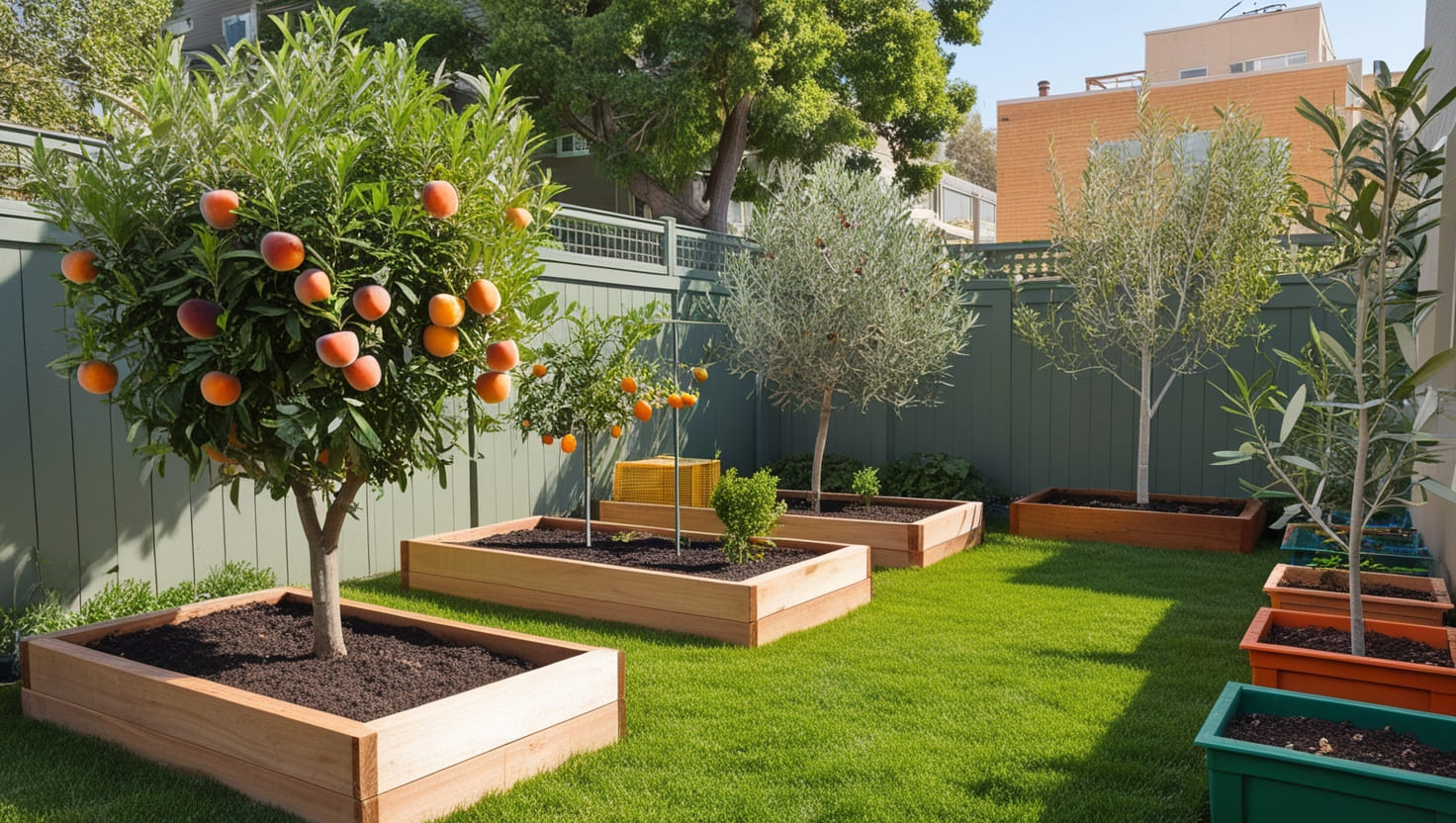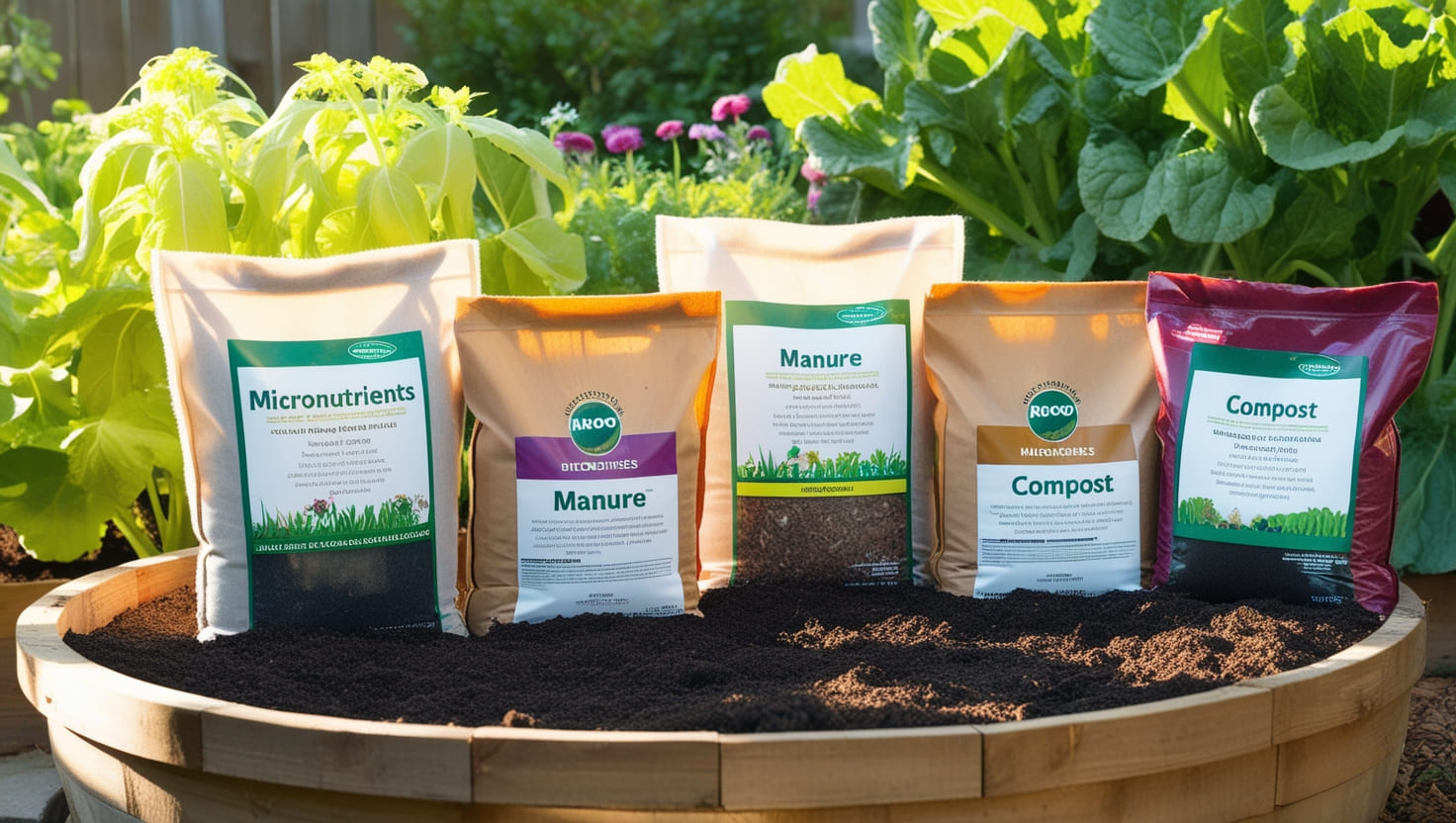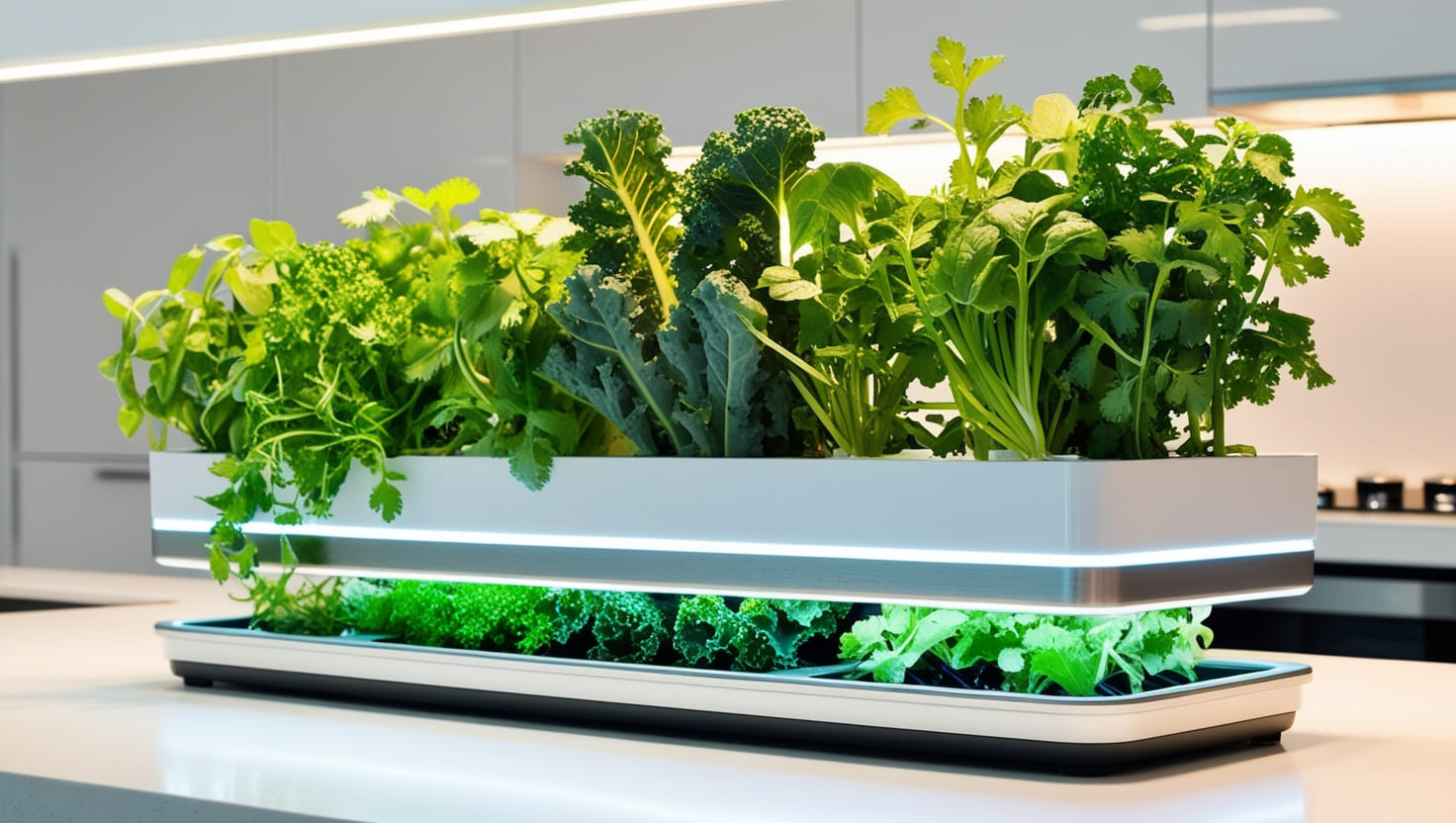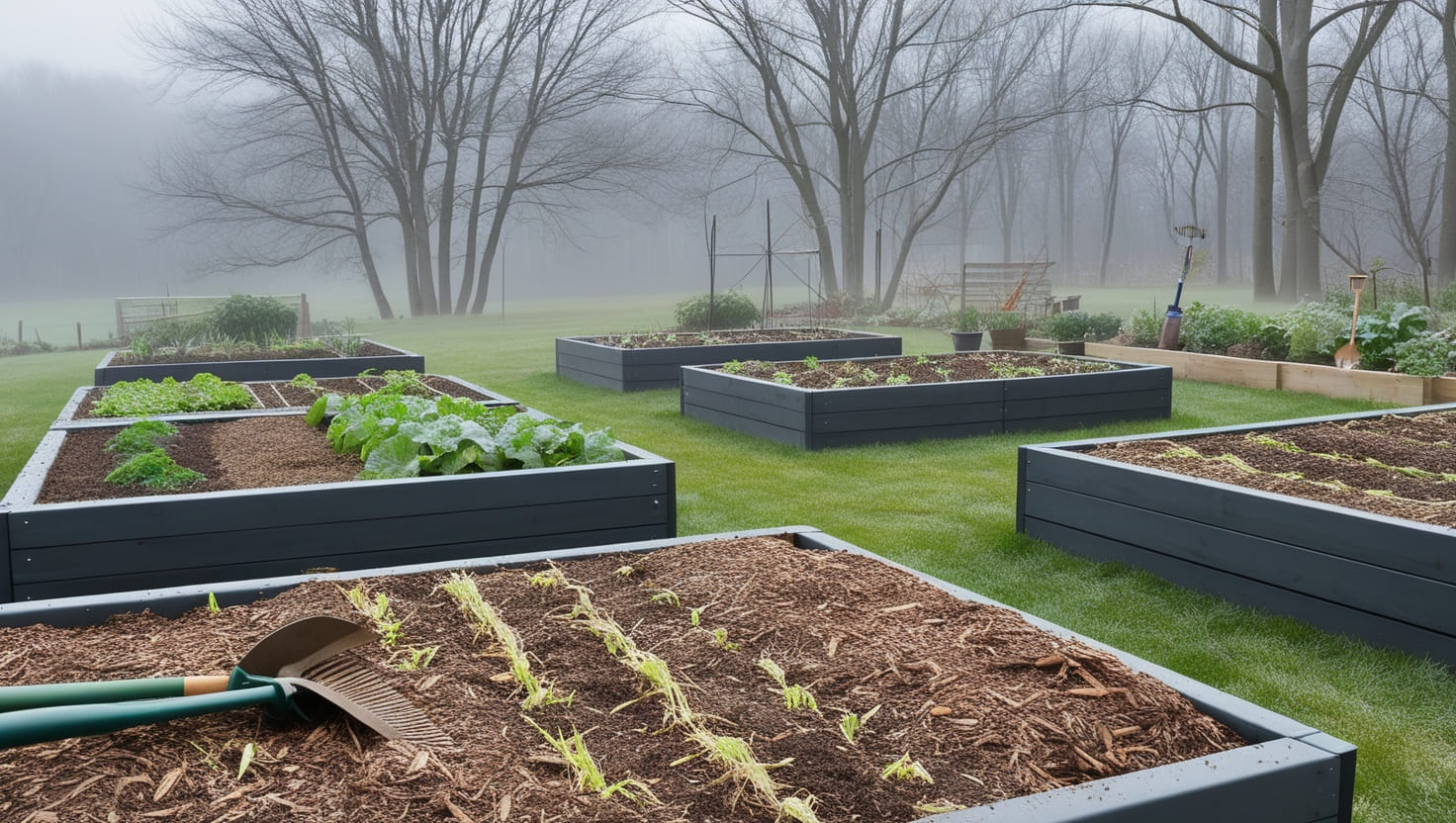
Citrus Growing Tips for Any Climate
There’s nothing quite like the fragrance of citrus blooms or the zingy flavors of homegrown lemons and oranges. Whether you’re in a warm Mediterranean climate or somewhere cooler, it’s absolutely possible to grow your own citrus trees.
This guide will show you how to start your own citrus collection, covering everything from choosing varieties suited to your climate to potting, watering, and pest control. You’ll also meet Dr. Shahnaz Camatchee, an expert citrus grower with a fascinating collection. Let’s dive in.
Choosing Citrus Plants for Different Climates
The first question you need to answer is: What will grow in your climate?
In warmer regions, you have the luxury of picking from a wide range of citrus like lemons, oranges, tangerines, kumquats—pretty much anything you fancy. But if you’re in a cooler climate, you’ll need to aim for hardier citrus varieties. Lemons are, by far, the easiest for cooler climates. They’re forgiving of lower temperatures and will thrive when given the right care.
Lemons can survive temperatures as low as -5°C if they’re protected correctly. Plus, they’re incredibly versatile—perfect for growing on a patio during the summer and moving indoors when winter hits.
Starting a Citrus Collection
When kicking off a citrus collection, you’re not just picking plants. You’re building a living, breathing collection of fragrant blooms and beautiful fruits.
To get started, I picked up a stunning lemon tree—small but mighty. If you’re getting started, carefully remove the plant from its pot by loosening the root ball. You might notice roots circling the edges of the pot. Those roots need more room to expand, so repotting into a slightly larger container is essential.

Potting Citrus Plants
Here’s where it gets easy. Citrus trees love containers, and growing them in pots means you can move them when temperatures drop. But don’t just grab any container—here’s how to get it right.
-
Pick a new pot that is one size larger than the current one. There should be about an inch of space between the roots and the sides of the new pot. Too large, and it can lead to overwatering.
-
The ideal time to repot is in spring, but don’t hesitate if your plant is root-bound.
Potted citrus will thrive in a suitable container, giving them the perfect environment to grow whether they stay inside year-round or head outside during the summer.
Choosing the Right Soil Mix
Now let’s talk soil. One mistake people often make is using a standard potting mix, but for citrus, you need something that drains well and won’t get soggy.
For the soil-based potting mix, go for a mix that’s heavier and nutrient-rich. It holds up better over the long term, especially when the plant will live in the container for years. Citrus doesn’t like wet feet, so create a 60/40 mix of potting soil and gravel (or perlite) to maximize drainage.
Outdoor and Indoor Growing Conditions
If you’re in a cooler climate, your citrus will likely spend much of the year indoors. But don’t leave them there all the time. Citrus trees love summer sun, and moving them outside is a great way to give them a burst of growth. The best spot? A sun-drenched patio or terrace where the trees get several hours of sunlight a day.
Once fall approaches, it’s best to move your tree back indoors to avoid frost.
Learn more the full guides about How to Grow Citrus Indoors…read more!
Watering Citrus Plants
Citrus in containers dry out quicker than you might expect, so keep that soil consistently moist. During the summer months, you’ll need to water regularly, as container-grown plants dry out quickly in sunny spots.
But don’t drown the plant either. Citrus will suffer if left sitting in water. Check that the pot allows water to drain well and ensure excess water escapes. In colder months, reduce watering. Let the top inch of soil dry out between waterings to avoid root rot.
Nutrient Needs of Citrus Plants
Unlike citrus grown in the ground, container-grown citrus totally relies on you for nutrients. Without proper feeding, your tree’s growth will stagnate—yellowing leaves and fewer or no flowers will follow.
For outdoor citrus, add a generous mulch of organic compost once a year and follow up with an all-purpose organic feed.
For potted citrus? Things are a bit different.
Fertilizing Container Citrus Plants
There are two feeding stages across the year—a summer feed and a winter feed. When using a citrus-specific summer feed, start from mid-spring to mid-autumn. Summer feed contains more nitrogen, helping the tree produce healthy leafy growth. In winter, switch to a more balanced winter citrus feed that supports flower and fruit development.
Because citrus still flower during winter months, support them with continued nutrition in a balanced winter formula.
Visiting an Expert Citrus Grower
It’s one thing to grow a few citrus plants, but imagine growing over 40? That’s the magic of Dr. Shahnaz Camatchee’s collection. Shahnaz’s passion for citrus started because of how engaging these plants can be year-round. Not only does she enjoy the fruit but also sees substantial health benefits from incorporating citrus into her daily routine. For example, she’s not had to buy lemons in over six years—her own tree supplies plenty!
Even in cooler climates like the UK, Shahnaz successfully grows a wide range of citrus both indoors and outside.
Shahnaz’s Citrus Collection
One of the more intriguing parts of Shahnaz’s setup is how adaptable her citrus plants are to different growing conditions. For citrus indoors, keeping up humidity levels is key—but if you don’t have a greenhouse or conservatory, you can easily create a humidity tray with pebbles and water. This works wonders, especially in winter when indoor heating can dry your plants out.
Outdoors, her hardier citrus plants endure colder temperatures while still offering beautiful fruits. It’s important to remember that different varieties of citrus can tolerate temperatures as low as -6°C. Interestingly, one of her favorite varieties is the seedless lemon, Zagara Bianca, which thrives indoors and outside.
Best Citrus Varieties for Beginners
If this is your first go at citrus growing, lemons are the way to go. These hardy plants are relatively forgiving and allow you to get acquainted with their feeding and watering needs without too much stress. Shahnaz recommends them as the best starter citrus. They love sunlight and are not too demanding—just be sure to bring them indoors when temperatures drop below freezing.
Unique Lemon Varieties
There’s more to lemons than you might think. Shahnaz’s seedless lemon variety, Zagara Bianca, is particularly exciting because it’s seedless and easy to grow. She also highlights how citrus plants will have buds, flowers, and maturing fruits all at once, so there’s a constant cycle of fruit to look forward to throughout most of the year.
Understanding Citrus Ripeness
One fascinating detail Shahnaz shared is how citrus fruits can sometimes stay green even when they’re ripe. For example, if you live in a warmer climate, your lemons might be perfectly ripe but still green. The yellow color only develops with cooler temperatures as winter sets in. To check for ripeness, gently press the fruit with your finger—if it leaves a dent, it’s ready to pick.
Propagating Citrus from Cuttings
Want to expand your citrus collection without spending much? Citrus cuttings are a great way to increase your plants. After cutting from a mature plant, dip the cutting into rooting hormone and plant it in a well-draining mix—just like the adult citrus—but aim the cutting toward the edge of the container to promote better root growth.
Preparing the Potting Mix for Cuttings
Cuttings are more delicate than mature plants and need an extra boost when it comes to drainage. Combine perlite with your potting mix to create the perfect balance of moisture and airflow.
Setting up a Humid Environment for Cuttings
Humidity is everything when growing cuttings. After planting the cutting, create a mini greenhouse by covering it with a clear plastic bag to keep moisture levels high. Use a small stick to keep the bag off the cutting itself. Place it in a warm, bright spot—but avoid direct sunlight until you see new growth.
Shahnaz’s Unique Tips for Citrus Growth
Shahnaz’s approach to feeding has transformed her garden. The secret? Fish emulsion or, even better, fish poo water straight from her aquarium. Since using it, her plants have seen five times more growth, greater flowering, and abundant fruiting. If you don’t have access to fresh fish water, a commercial fish emulsion works wonders too.

Dealing with Citrus Pests
Mealy bugs are one of the most common pests threatening citrus trees. Shahnaz tackled her pest problems with Castile soap, an organic insecticide. Diluting it with water at 15 mL per liter, she sprays her citrus as a preventive measure in warmer months to ward off mealy bugs and aphids.
Hardy Citrus Varieties for Outdoor Growth
Got a sheltered, sun-filled garden? Why not try growing Clementine or Delta orange trees outside? These varieties are particularly hardy and can manage cooler night temperatures. However, if you’re in a particularly cold climate, you may need to shelter them during winter, or bring them indoors when frost threatens.
Edible Parts of Citrus Plants
It’s not just the fruits that are valuable. Citrus leaves can be used in cooking as well. Whether you’re infusing rice or flavoring teas, the leaves add a fresh, tangy aroma. Plus, even if the tree isn’t in fruit, its evergreen glossy leaves and fragrant flowers make stunning additions to any garden.
How to Use a Moisture Meter
Watering is critical, but how do you know how much? Shahnaz swears by her moisture meter, available in most garden centers. Insert it deep into the pot; if it reads in the green zone, your citrus still has enough moisture. Don’t water until the reading drops back into the red zone.
Citrus Flowers and Fragrance Benefits
Beyond the fruits themselves, citrus trees have a positive impact on mental well-being. Shahnaz believes that the daily care and interaction with a growing tree boost both mental and physical health. The pleasant fragrance of citrus flowers is known to reduce stress and improve mood—a daily whiff of citrus can really elevate your spirits.
Potting Citrus Cuttings and Growth Observation
As your cutting takes root, watch for signs of new growth. When the cutting shows fresh new leaves, it’s time to remove the plastic bag and allow the plant to continue growing in a more natural environment, while maintaining humid conditions by regular misting.
Tips for Growing Healthy Citrus
So, how easy is it to grow citrus? Between the right positioning, proper watering, and consistent feeding, it’s all about consistency. Keep an eye on your citrus trees and keep them happy with regular feeding, smart watering, and pest control, and you’ll find success in no time.
Exploring the Benefits of Citrus Planting
Growing your own citrus adds not only vibrant flavors to your cooking but supports good health too. Packed with vitamin C and antioxidants, citrus boosts heart health and improves your immune system. Plus, the joy of growing your own will give you a real sense of accomplishment.
If you’re ready to start your citrus journey, the time is now. Whether you’re in a cool or warm climate, try your hand and let me know what citrus plants you’re growing! Ready to take on another challenge?
